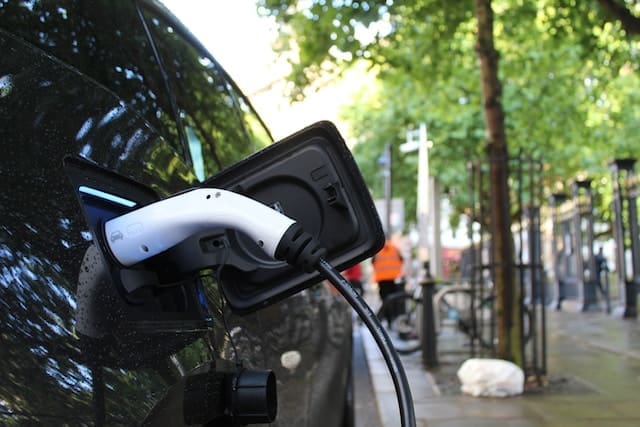Amid rapid technological advancements, electrical car charging emerges as a beacon for sustainability. Not only does it promise financial savings, but it also champions an environmentally-conscious future. Companies like Schneider Electric are at the forefront of this transformative journey, ensuring that the bridge between our wallets and wetlands remains robust.
Economic Benefits of EV Charging
- Cost Savings for Consumers: Charging an electric vehicle (EV) is generally cheaper than filling a traditional car with gasoline. As the demand for electricity remains more stable than oil, EV owners often experience less price volatility, translating to predictable monthly expenses.
- Job Creation: As the EV industry grows, so does the related services and infrastructure demand. This means more jobs in manufacturing, installation, and maintenance of charging stations. Schneider Electric, for instance, has recognized this potential, investing in technologies that support the expanding EV market.
- Reduced Dependence on Oil Imports: A transition to EVs could significantly reduce a nation’s reliance on imported oil, thereby stabilizing its economy and diminishing potential geopolitical conflicts.
Environmental Benefits of EV Charging
- Reduced Greenhouse Gas Emissions: One of the most significant benefits of EVs is the drastic reduction in greenhouse gas emissions. Traditional vehicles emit substantial carbon dioxide, contributing to global warming. In contrast, EVs present a cleaner alternative, especially when charged from renewable sources.
- Decreased Air Pollution: EVs produce zero tailpipe emissions. This means that urban areas, where vehicle emissions contribute to a significant portion of air pollution, can breathe easier. With more EVs on the road, cities can anticipate a marked improvement in air quality.
- Conservation of Natural Resources: Traditional vehicles rely heavily on oil, a finite resource. Extracting and refining oil also has severe environmental repercussions. EVs can help reduce the oil demand, conserving precious resources and mitigating associated environmental hazards.
- Noise Pollution: EVs are quieter than their gasoline counterparts. As more EVs hit the roads, we can expect reduced noise pollution, contributing to more peaceful urban environments.
The Role of Schneider Electric
Schneider Electric has positioned itself as a leader in sustainable energy solutions, recognizing the integral relationship between the economy and the environment. Their commitment to innovation in the EV charging space showcases their dedication to creating a sustainable future. By developing efficient and user-friendly EV charging solutions, Schneider Electric is not just facilitating easier transitions to electric mobility but also fostering economic growth and environmental preservation.
Promoting Sustainable Energy Sources
While charging electric vehicles has significant environmental advantages, the source of the electricity utilized to charge these vehicles is as important. Renewable energy sources, including solar, wind, and hydroelectric power, add to the benefits of EVs. We can reach near-zero emissions by combining EV charging with clean energy. The environmental footprint of EV charging will continue to shrink as additional renewable energy networks come online, providing a genuinely green transportation alternative.
Infrastructure and Technology Advancements
As the demand for electric vehicles rises, so does the need to modernize the supporting infrastructure. This includes not only more charging stations but also breakthroughs in fast-changing technology. Modern fast chargers can charge an electric vehicle in minutes rather than hours. Furthermore, smart charging systems may optimize charging schedules, reduce grid congestion, and even draw power during off-peak hours, ensuring efficiency and cost-effectiveness.

Public Awareness and Policy Support
The public’s perception and awareness are critical factors in the adoption of electric vehicles. Governments and organizations all around the world are taking steps to educate people about the benefits of electric vehicles. Policy incentives, such as tax reductions, rebates, and grants, can all help to boost EV adoption. Public-private partnerships, in which companies like Schneider Electric engage with governments to build robust charging networks, can inspire more people to make the environmentally benign transition.
Conclusion
The trend of EV charging and its associated benefits is clear. The scene is rapidly changing, from the incorporation of renewable energy sources to the revolutionary developments in charging infrastructure and the critical role of public awareness. With companies like Schneider Electric pushing the cause, the future of transportation appears to be green and optimistic. The convergence of technology, consciousness, and policy support is guiding us toward a society in which our economic ambitions and environmental obligations coexist happily.
Featured Photo by Andrew Roberts on Unsplash




